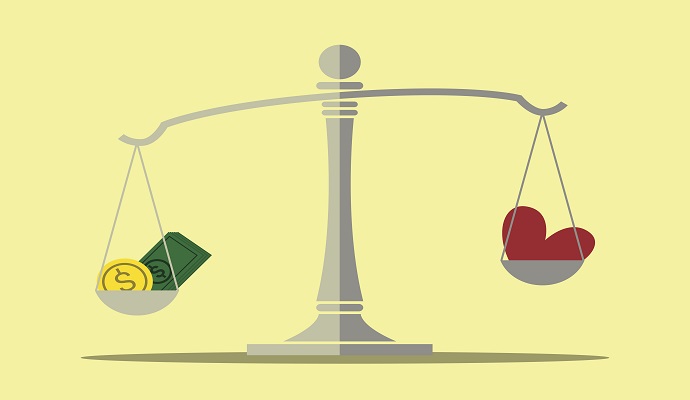36% of Payments Tied to Alternative Payment Models in 2018
Healthcare payments are moving away from fee-for-service, with 25.1% linked to value and quality and 35.8% tied to bundled payments, shared savings, and other alternative payment models, HCP-LAN reported.

Source: Thinkstock
- The healthcare industry is slowing phasing out fee-for-service payments for alternative payment models (APM), according to the latest APM Measurement Effort report from the Health Care Payment Learning & Action Network (HCP-LAN).
Approximately 25.1 percent of healthcare payments in 2018 were fee-for-service tied to value and quality and 35.8 percent were tied to a bundled payment model, shared savings contract, population-based payment model, or other alternative payment models, the fourth annual report showed.
“While the road to significant payment reform has been challenging and takes time, there is better evidence and support driving more public and private commitment than ever before – including through the LAN,” Mark McClellan, LAN co-chair, said in a press release.
The healthcare industry has been slowly, but steadily moving healthcare payments to value-based reimbursement, and ultimately alternative payment models. In fact, HHS set goals of tying 30 percent of fee-for-service Medicare payments to quality or value through alternative payment models by 2016 and 50 percent by 2018.
Medicare and other payers fell short of HHS expectations for alternative payment model participation in 2018, but fee-for-service is no longer the dominant financing mechanism for healthcare, according to this year’s APM Measurement Effort.
Only 39.1 percent of healthcare payments made in 2018 were through a fee-for-service structure with no link to quality or value, revealed the analysis of 62 health plans, seven fee-for-service Medicaid states, and traditional Medicare, which represented about 226.5 million covered lives and 77 percent of the national market.
The data indicated that health plans and providers are moving to alternative payment models that meaningfully tie reimbursement to quality and value.
HCP-LAN uses the following categories to determine alternative payment model progress:
- Category 1: Fee-for-service with no link to quality and/or value
- Category 2: Fee-for-service with a link to quality and/or value (i.e., foundational payments for infrastructure and operations, pay-for-reporting, and pay-for-performance)
- Category 3: APMs built on fee-for-service (e.g., bundled payments, models with shared savings, and models with shared savings and losses)
- Category 4: Population-based payments (e.g., per member per month payments and global budgets)
In 2018, about one-quarter of healthcare payments were in Category 2, 30.7 percent in Category 3, and 5.1 percent in Category 4.
HCP-LAN considers payments made through Categories 3 and 4 to meaningfully tie reimbursement to value. The organization states that models in the two categories represent “shared accountability APMs.”
The proportion of healthcare payments made through one of these shared accountability APMs is up compared to the previous year, which had 29.8 percent of payments in Category 3 and 3.8 percent of payments in Category 4.
And payers anticipate greater alternative payment model participation in the near future, the report showed. Ninety-one percent of payers surveyed as part of the APM Measurement Effort said they think alternative payment model activity will increase.
Specifically, respondents expect more healthcare payments to be made through fee-for-service-based models with shared risk, procedure-based bundled payment models, and traditional shared savings arrangements. These models fall into Category 3.
But payers will need providers to take on alternative payment models and risk to progress with value-based reimbursement, the report stated. Provider willingness to take on financial risk was the top barrier to alternative payment model adoption according to payer respondents. They also cited “provider ability to operationalize” and “provider interest and readiness” as major obstacles.
Payers also identified provider interest and readiness as a top facilitator of alternative payment model adoption. Although, health plan interest and readiness, as well as government influence, were also top facilitators according to respondents.
